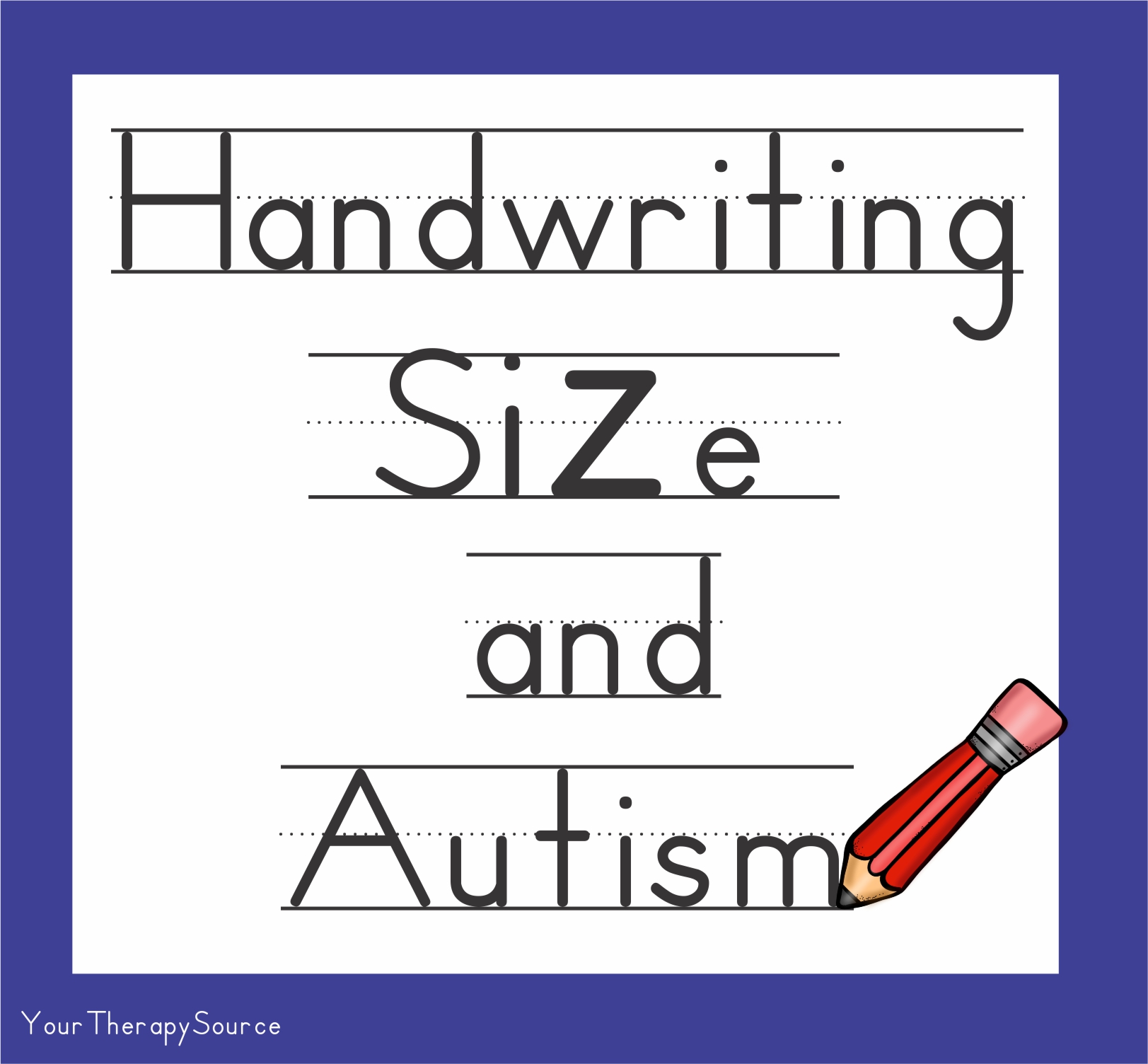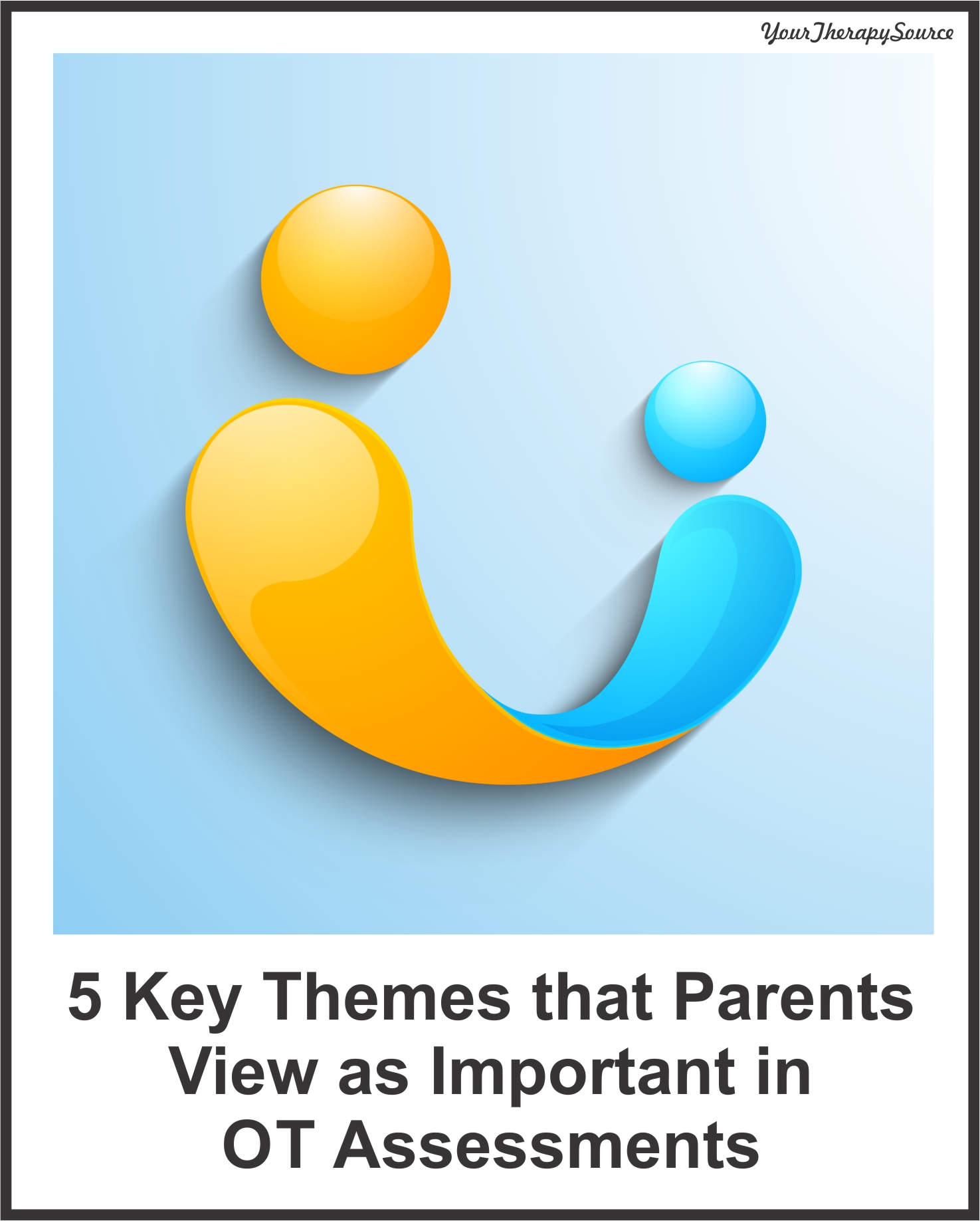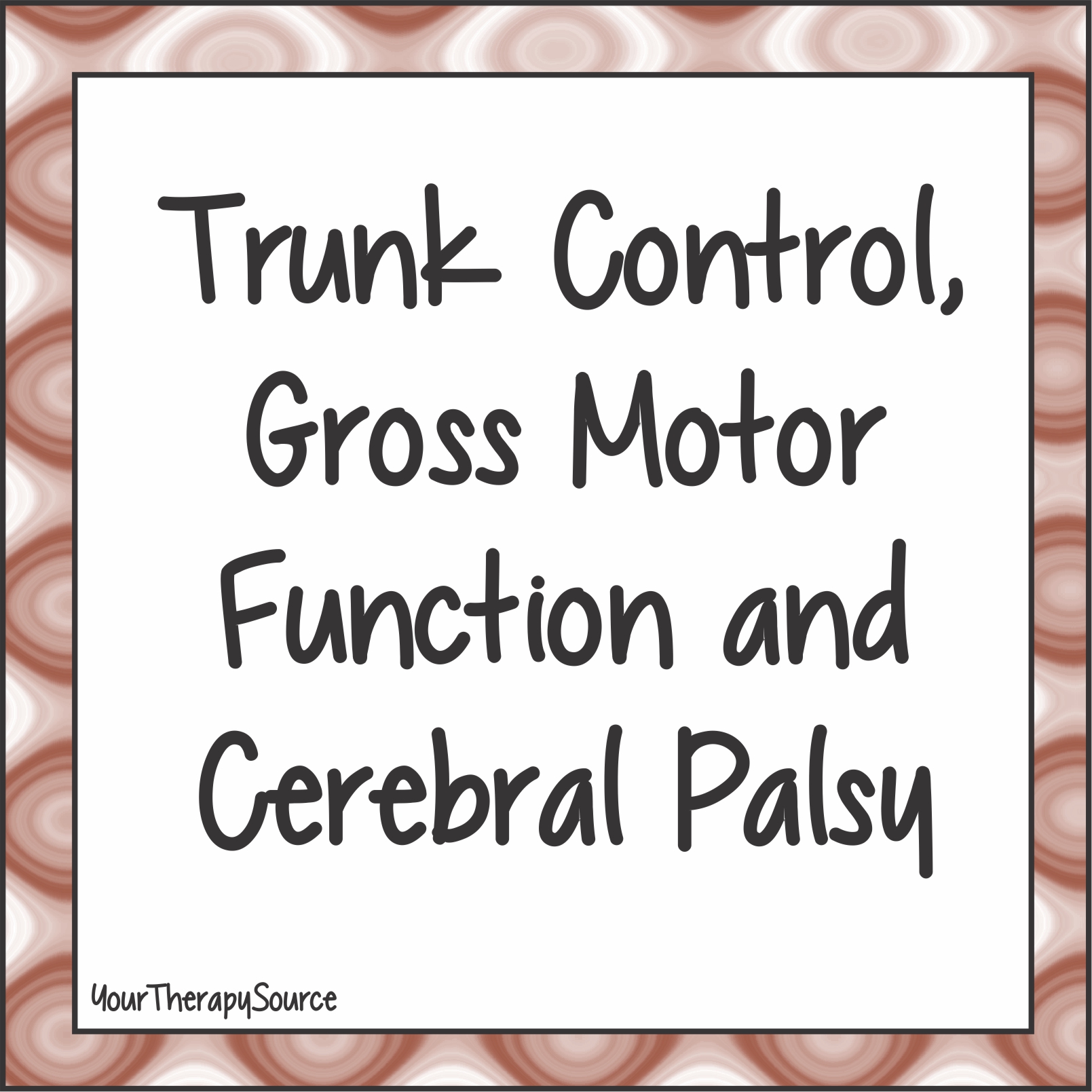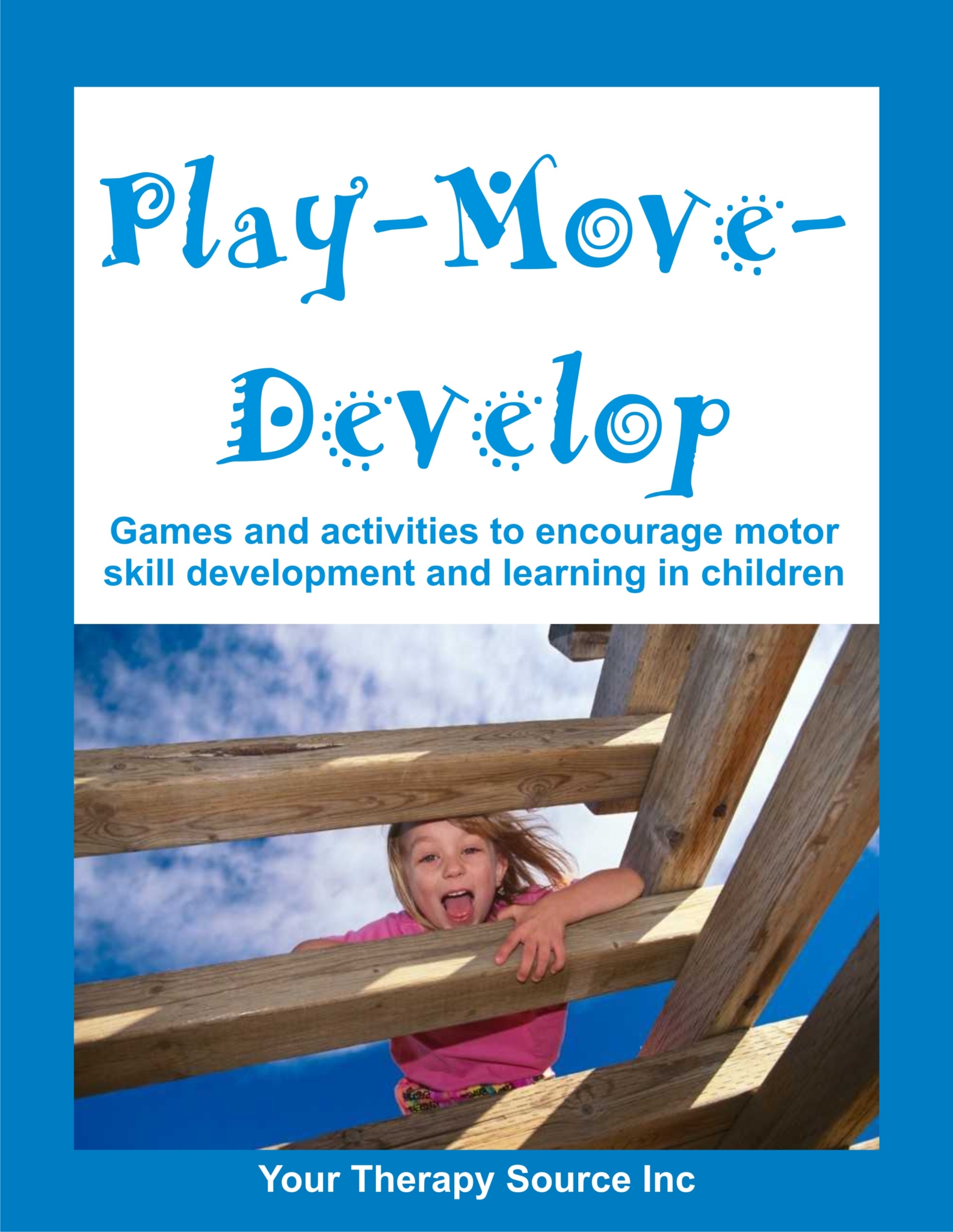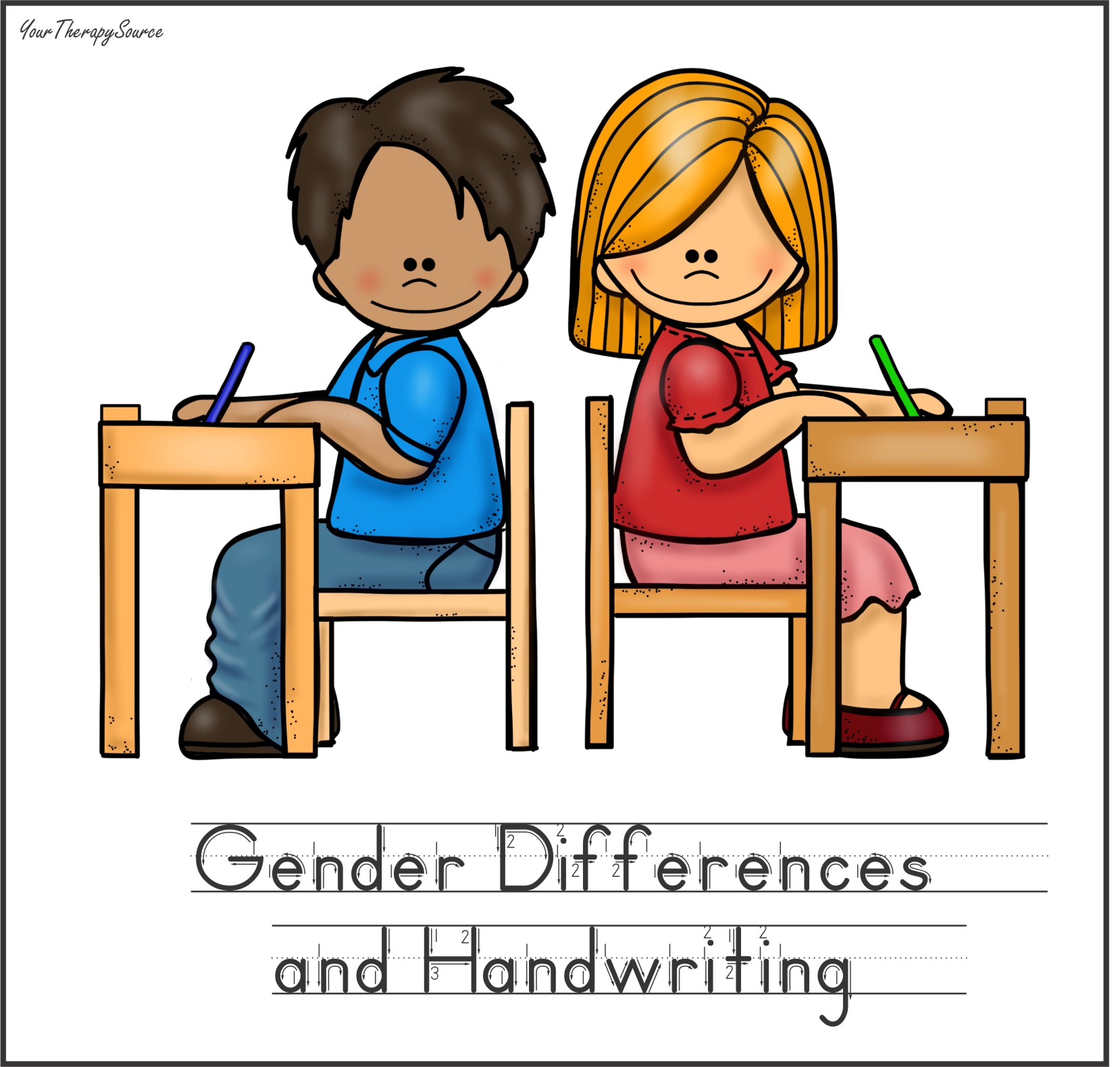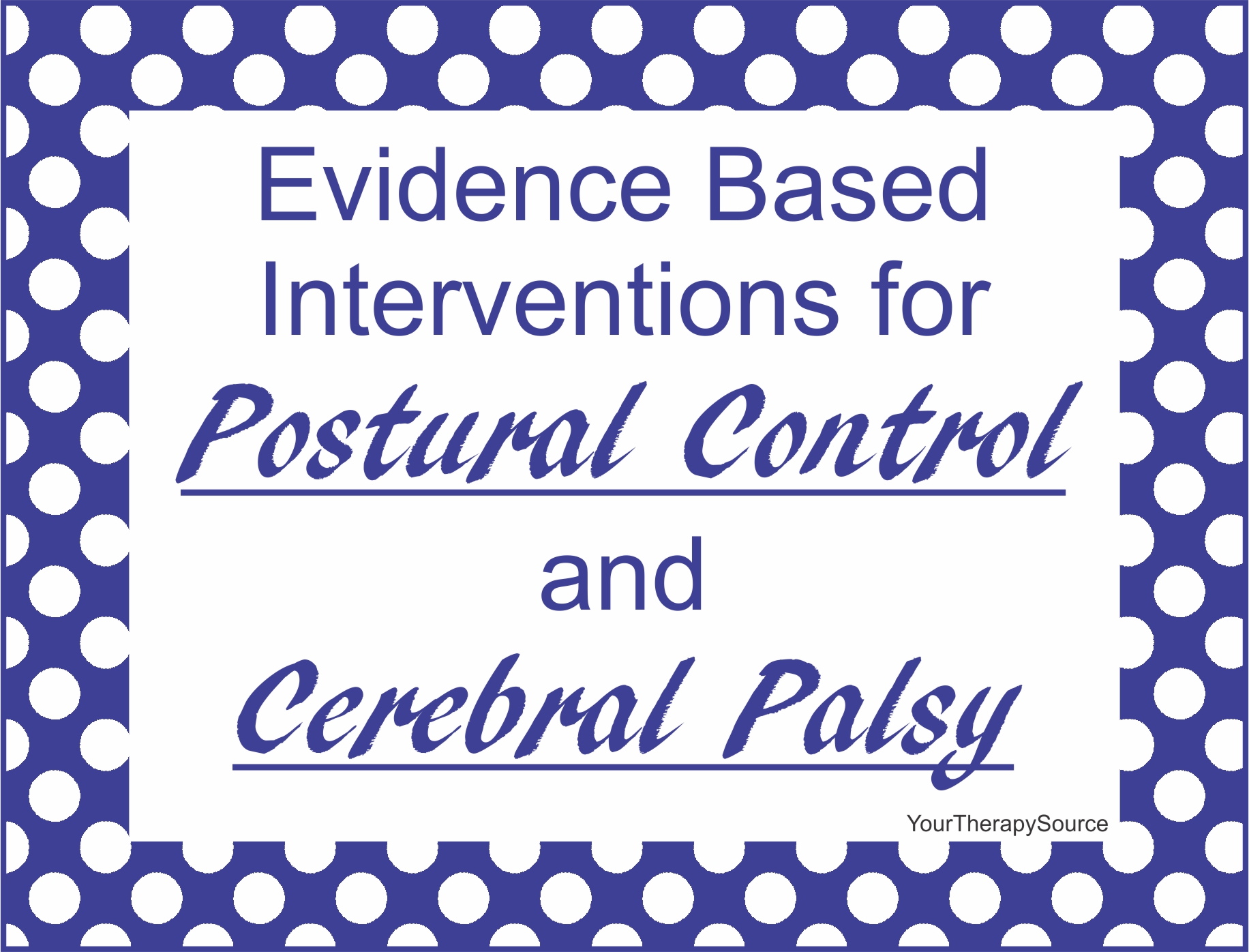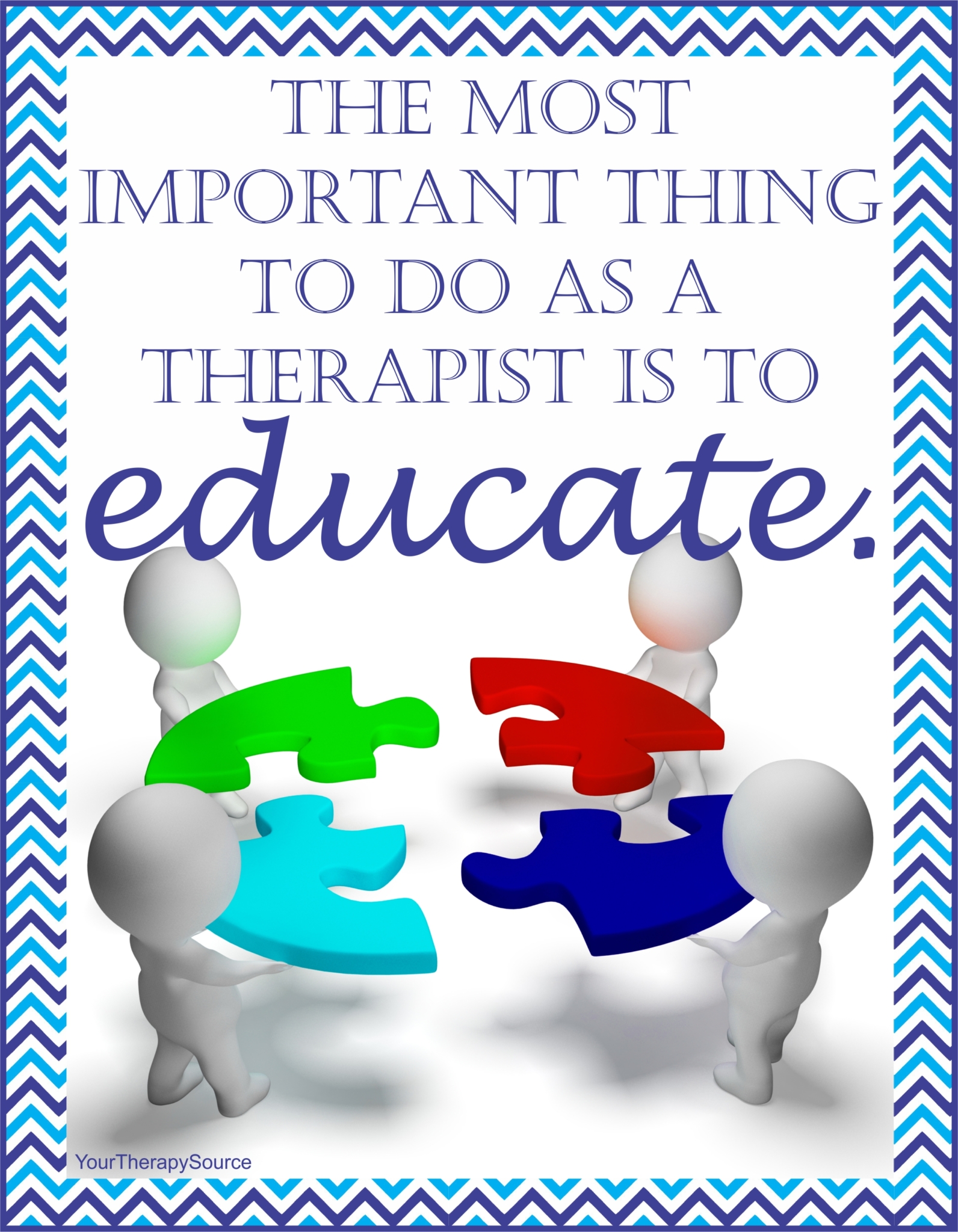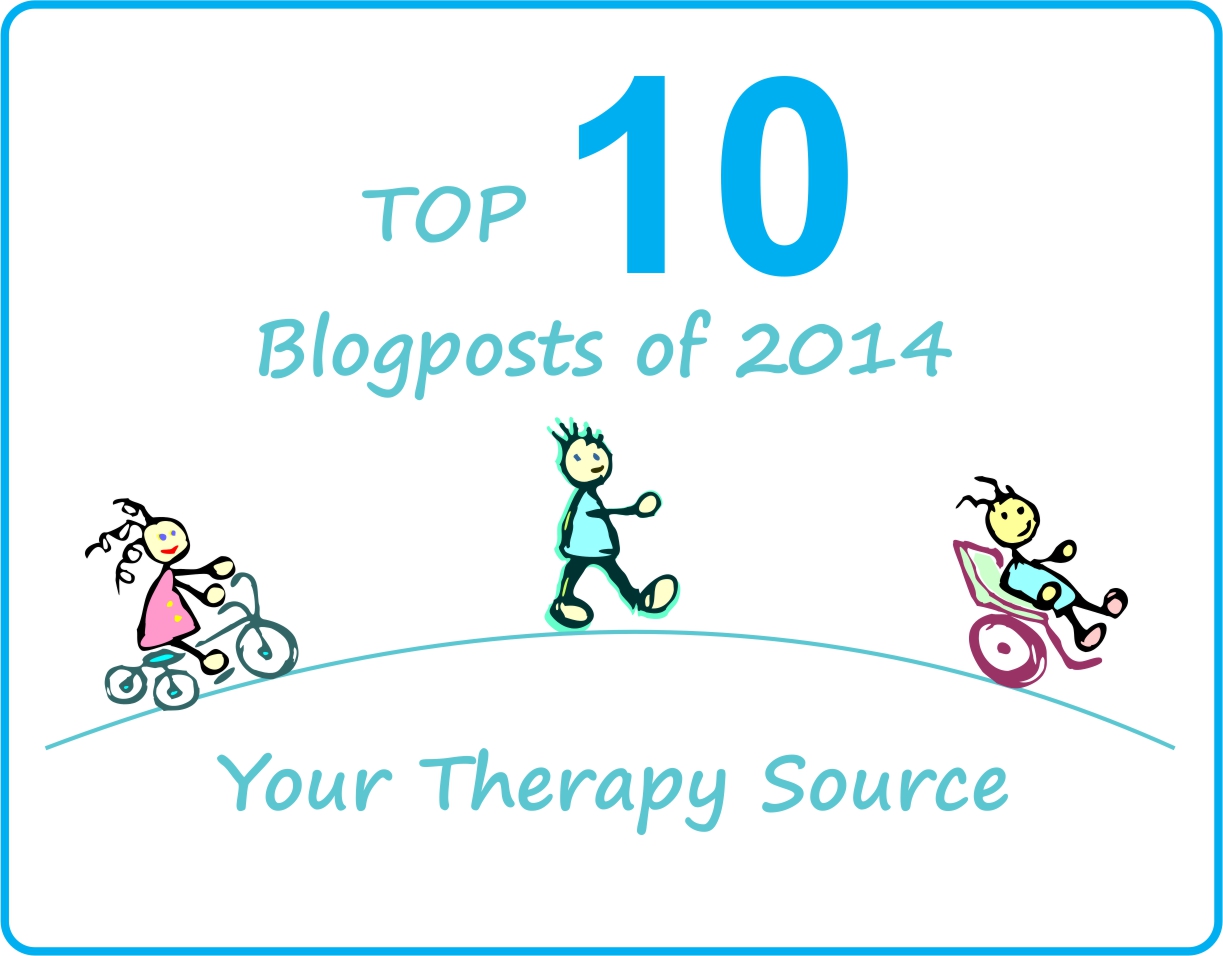Handwriting Size and Children with Autism
Research in Autism Spectrum Disorders published a study of 26 boys with autism spectrum disorders (ASD) and 17 typically developing children and their ability to regulate the size and consistency of fundamental handwriting movements when using writing guides. Each participant wrote a series of four cursive letter l’s using 10 mm and 40 mm writing […]

